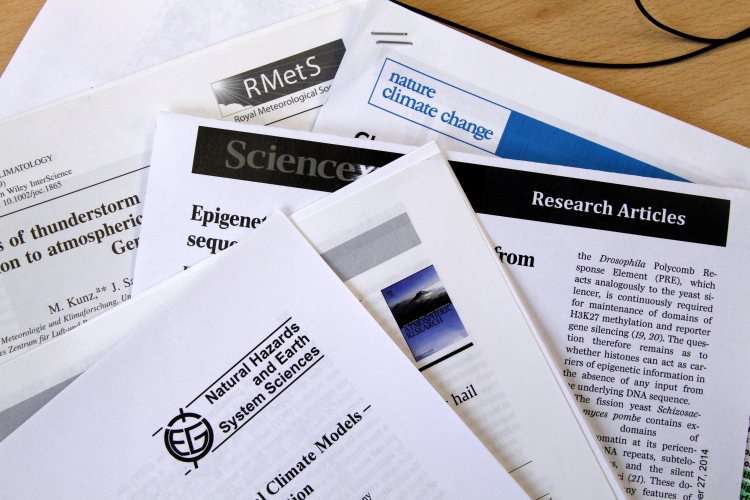Richter, A., Ruck, B., Mohr, S. and Kunz, M. , 2016: Interaction of severe convective gusts with a street canyon. Urban Clim. doi:10.1016/j.uclim.2016.11.003.
Abstract:
Severe convective gusts lead to wind conditions that differ from those of atmospheric boundary layer (ABL) flows. Main differences are high velocities at ground level and transient flow conditions. Their interaction with inner-city areas has only rarely been examined and is the aim of the present work. In the experimental study the convective gusts were simulated by a jet, imbedded in an ABL flow generated by a wind-tunnel. The gust impinged on a street canyon model. Both steady experiments (continuous jet) and non-steady experiments (pulsed jet) were conducted. Flow fields within the street canyon were measured by means of a 2D/2C TR-PIV system.
Comparisons of the steady flow field within a street canyon model and for a gust propagation on open terrain revealed an average increase of the maximum horizontal velocity of 50% within the canyon, an increase of the outflow's height, and a conservation of high velocities over a distance more than 3 times larger compared to open terrain conditions. Further experiments with a transient gust included the generation of a ring vortex. This vortex propagates above the street canyon and results in an additional increase of peak velocities.
Fleming, K., Parolai, S., Garcia-Aristizabal, A.,Tyagunov, S., Vorogushyn, S., Kreibich, H. and Mahlke, H., 2016: Harmonizing and comparing single-type natural hazard risk estimations. Ann. Geophys. 59, S0216, doi:10.4401/ag-6987.
Abstract:
Single-type hazard and risk assessment is the usual framework followed by disaster risk reduction (DRR) practitioners. There is therefore a need to present and compare the results arising from different hazard and risk types. Here we describe a simple method for combining risk curves arising from different hazard types in order to gain a first impression of the total risk. We show how the resulting total (and individual) risk estimates can be examined and compared using so-called risk matrices, a format preferred by some DRR practitioners. We apply this approach to Cologne, Germany, which is subject to floods, windstorms and earthquakes. We then use a new series of risk calculations that consider epistemic uncertainty. The Mann-Whitney test is applied to determine if the losses arising from pairs of hazards are comparable for a given return period. This benefits decision makers as it allows a ranking of hazards with respect to expected damage. Such a comparison would assist planners in the allocation of resources towards the most efficient mitigation actions. However, the results are dependent upon the distribution of estimates (i.e., level of uncertainty), which is in turn a function of our state of knowledge.

